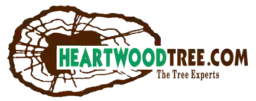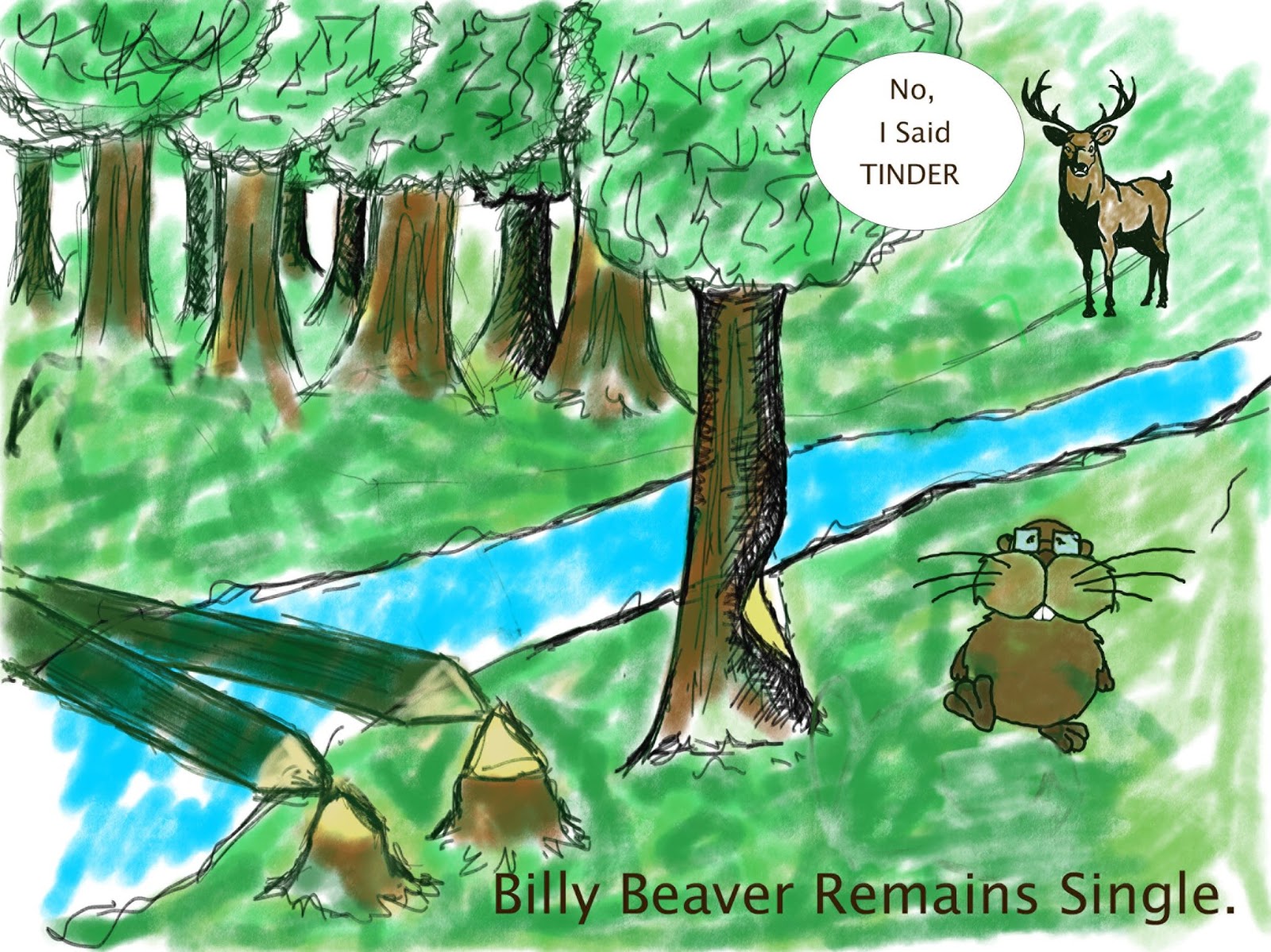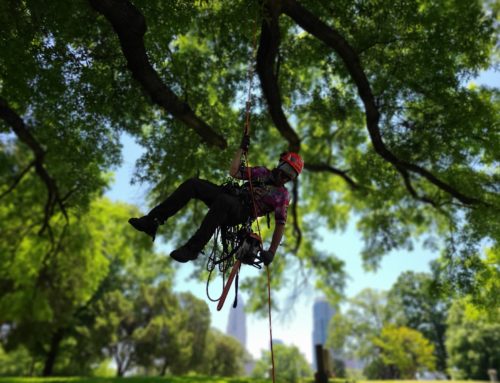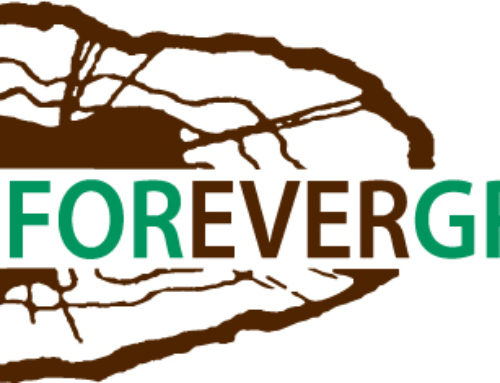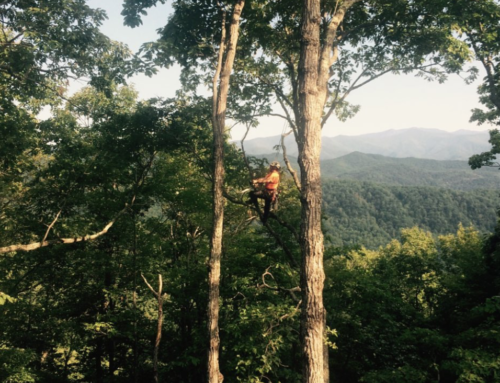– Dustin Urbanovsky
Beavers can leave a lasting landscape change in their wake, as evidenced by the images we captured from a recent local damaged tree removal. In addition to devastating the treescape around this local golf course and neighborhood pond, water and drainage systems can also be altered by the chewing and tree dropping critters. Amazingly, this type of damage can occur in a matter of days if the beaver is motivated enough, or if he has buddies helping out!
Known as “Ecosystem Engineers”, beavers fell trees, build dams and change waterways to their own benefit, while simultaneously creating new habitats and wetlands for a variety of species, including humans. Great in a natural environment, not so great in a populated urban environment. During the process of felling large trees, the remnants left behind, or trees still partially standing, can create a hazardous environment for all of the same species that surround, especially curious humans. Who doesn’t want to see a beaver in action?
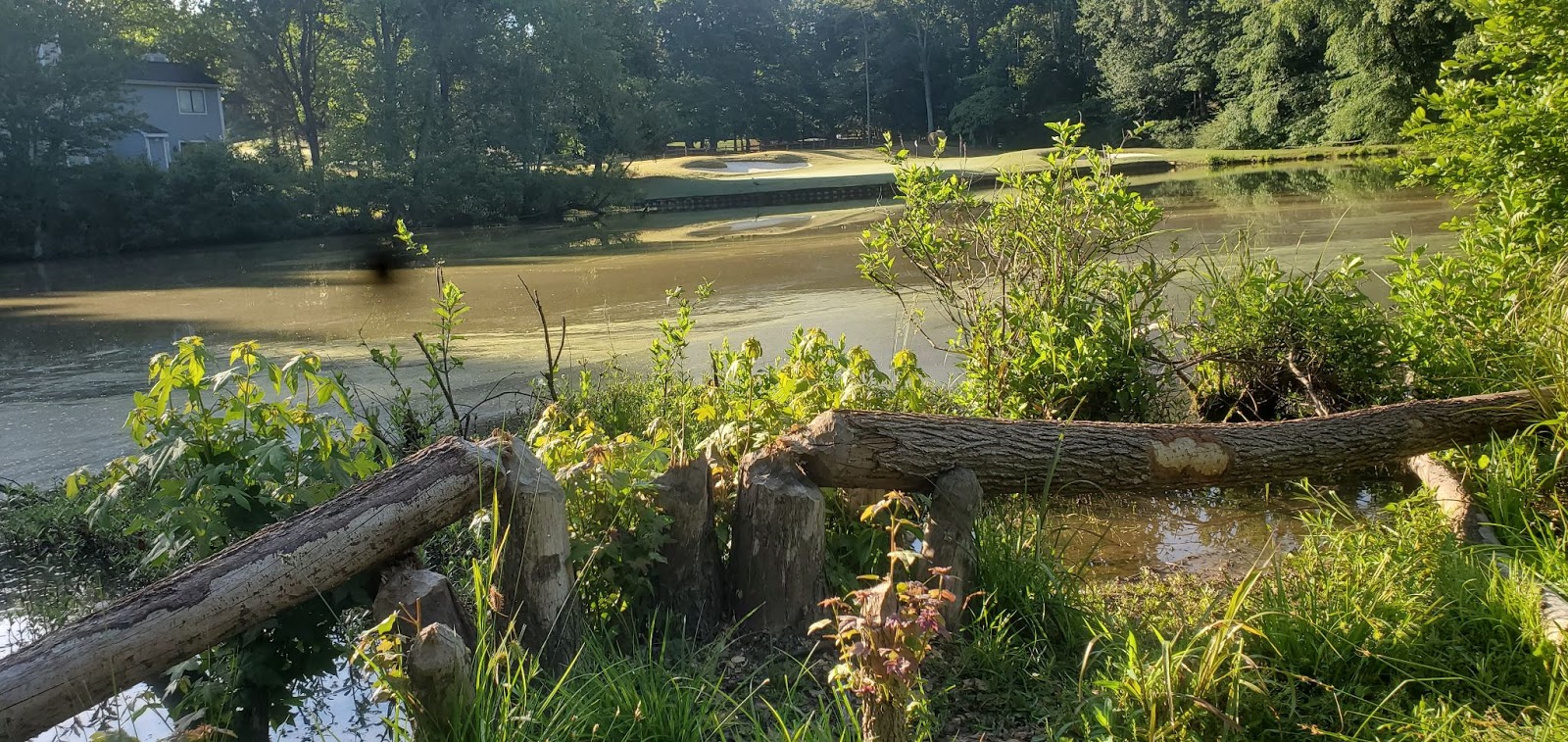

Beavers traditionally seek out soft wood trees for their building endeavors. In this case, deep in the heart of urban Mecklenburg county, the beavers chose mature Sweet Gum trees that rimmed the pond. These beavers were able to drop several trees completely, and leave several standing, albeit in a less than desirable way. It is believed that similar to an arborist, beavers are able to sense what direction a tree will fall based on root structure and any type of lean existing in the structure. If the tree begins to fail in the incorrect direction, the beaver will leave it as it stands, and move on to the next. Obviously, trees in this condition are no longer safe, and will need to be removed.
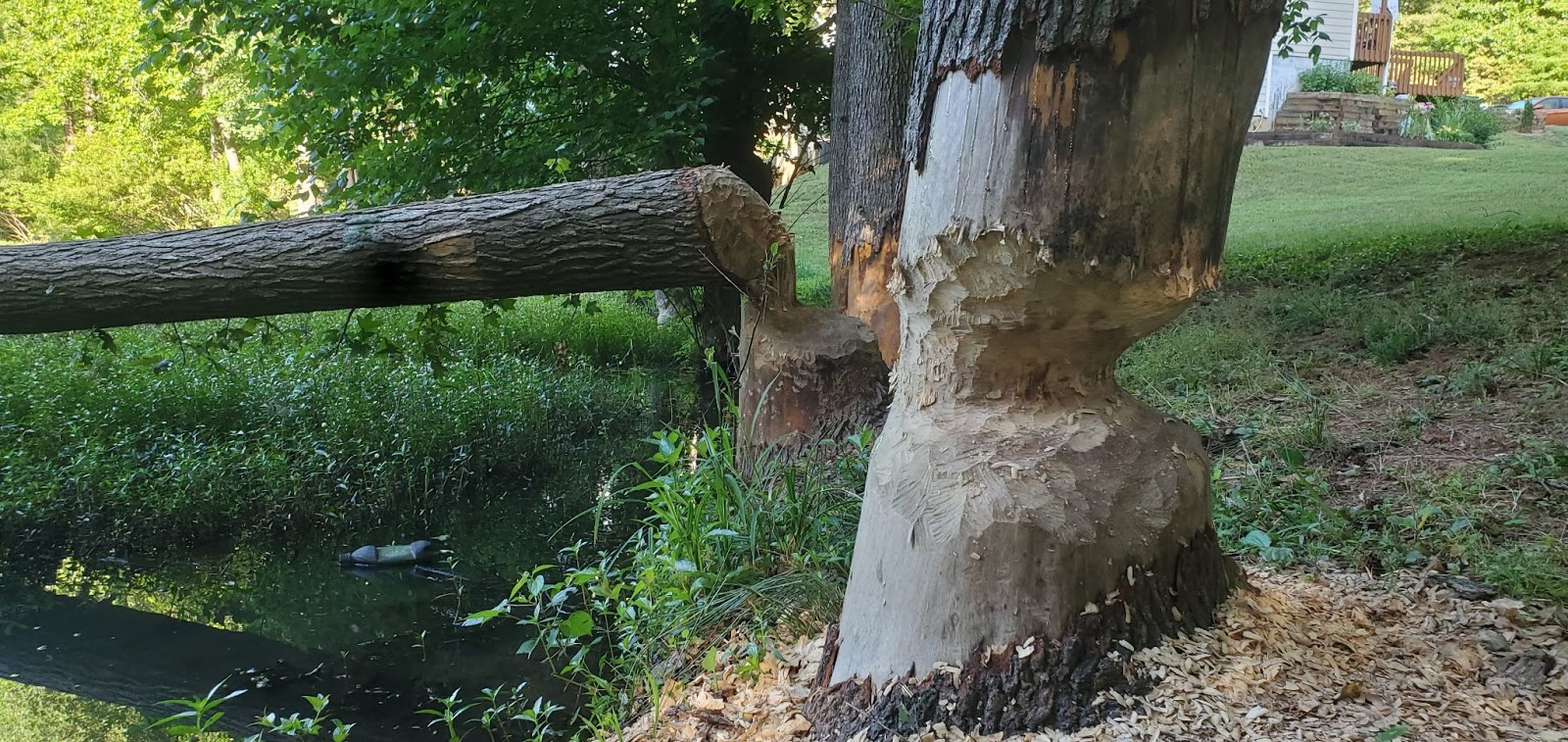
What should we look for? If you reside near a water source, knowing the trees in the environment can help, so that you can monitor any soft wood species for activity. Tell tale signs of beaver presence are the long smooth concave chew marks that the beaver’s teeth leave behind. You would most likely find these “taste test” markings closest to the water, and the location of the beaver’s den. If you notice the markings, or are seeing ongoing damage to a specific tree or species in the area, it’s time to call your Arborist for an inspection to determine how advanced the damage is, and whether the tree can be saved.
While beaver activity in the forest is extremely important to our environment, you can see below in the Before and After photos that beavers leave a lasting impression on our urban canopy.
(Before)
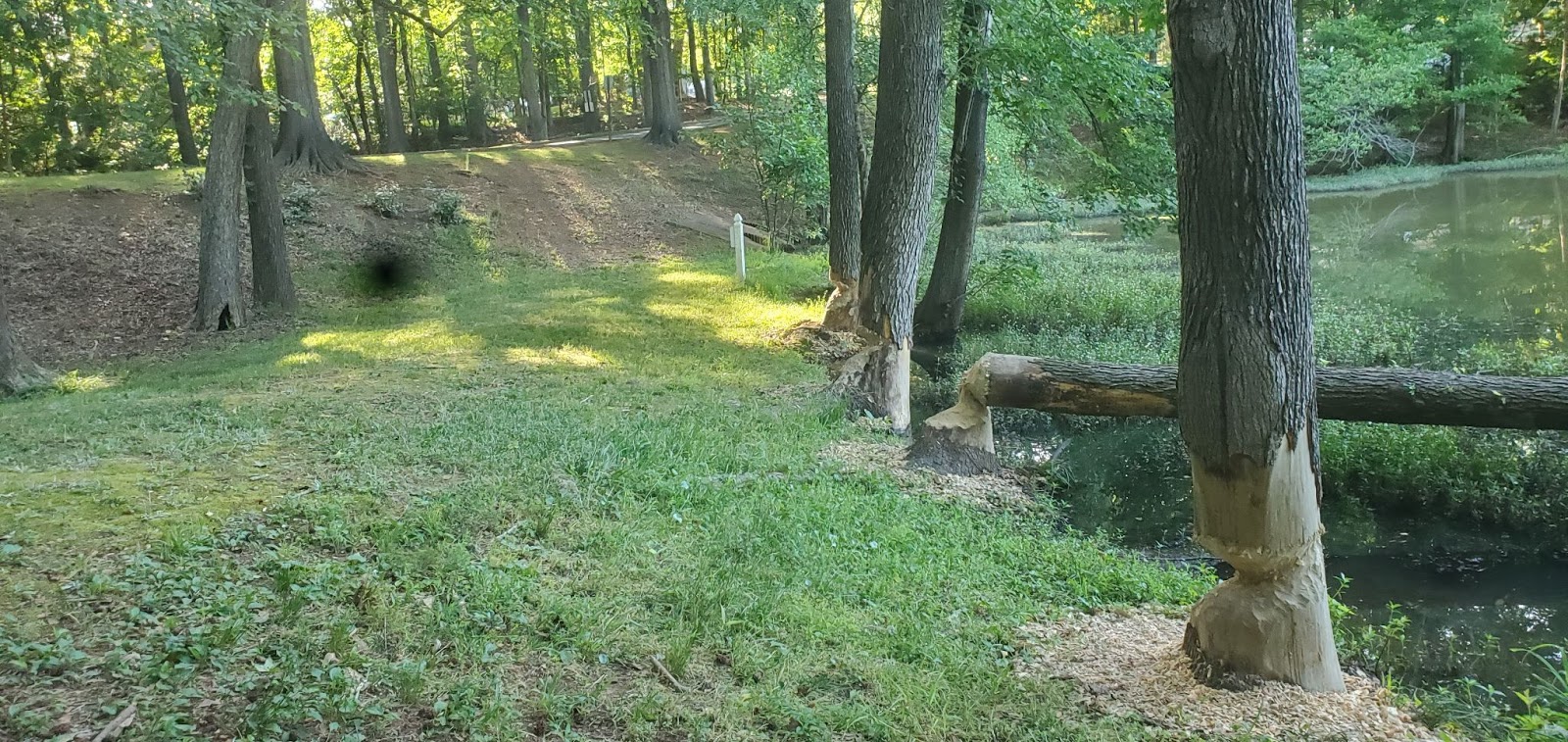
(After)
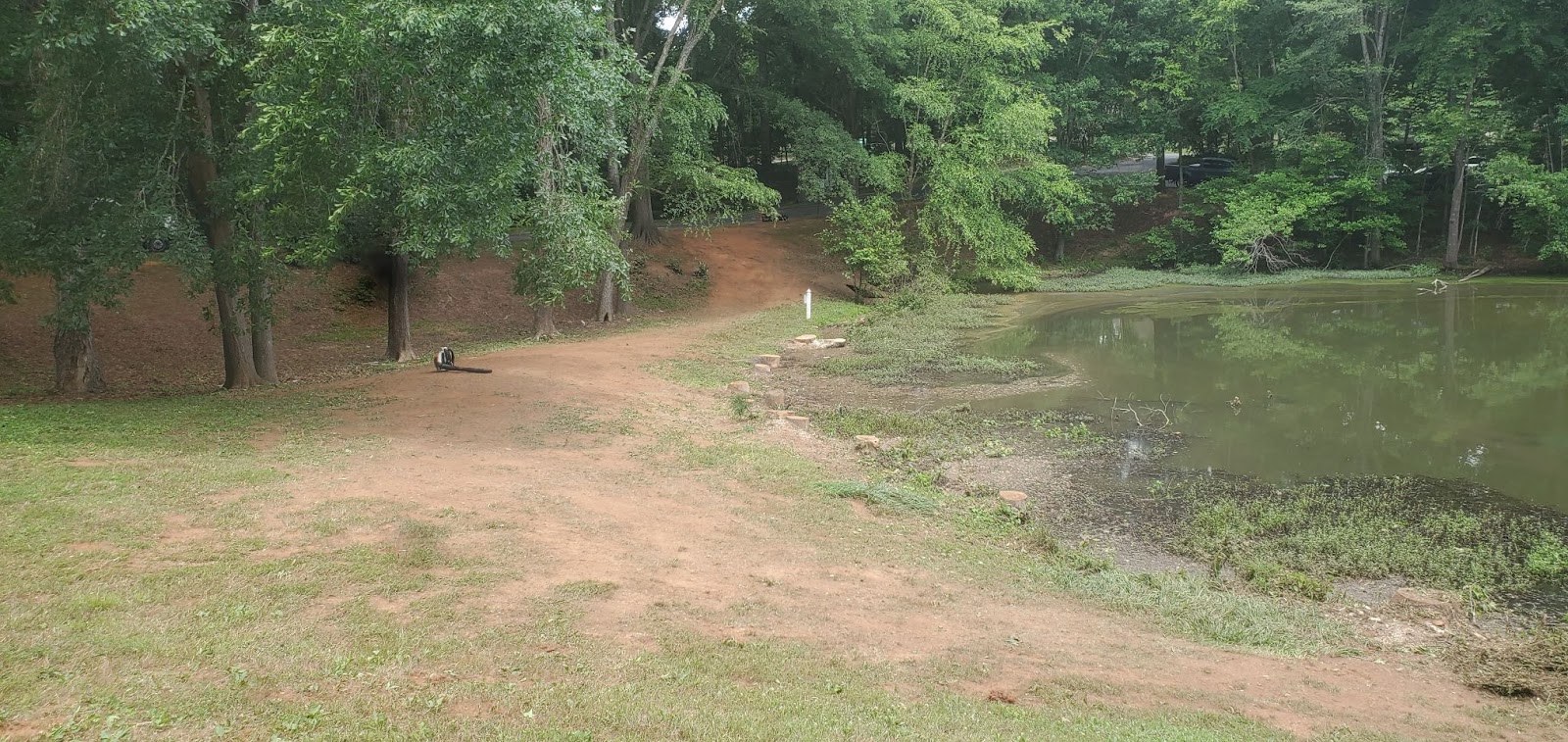
Heartwood loves Critters! If you’ve had a recent critter encounter in your canopy, we would love to see! Share your experience with our local ecosystem online and be sure to tag @heartwoodclt.
